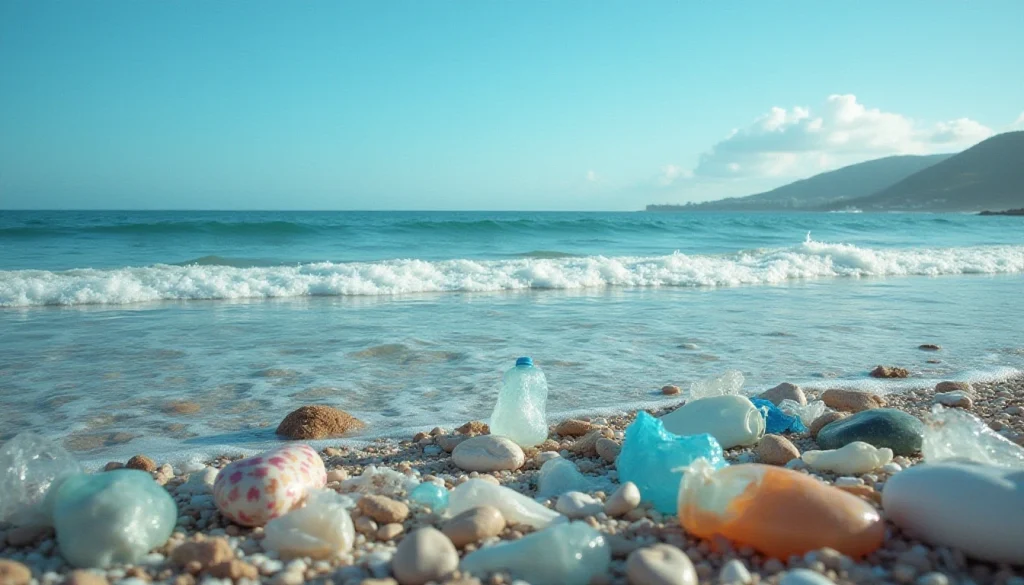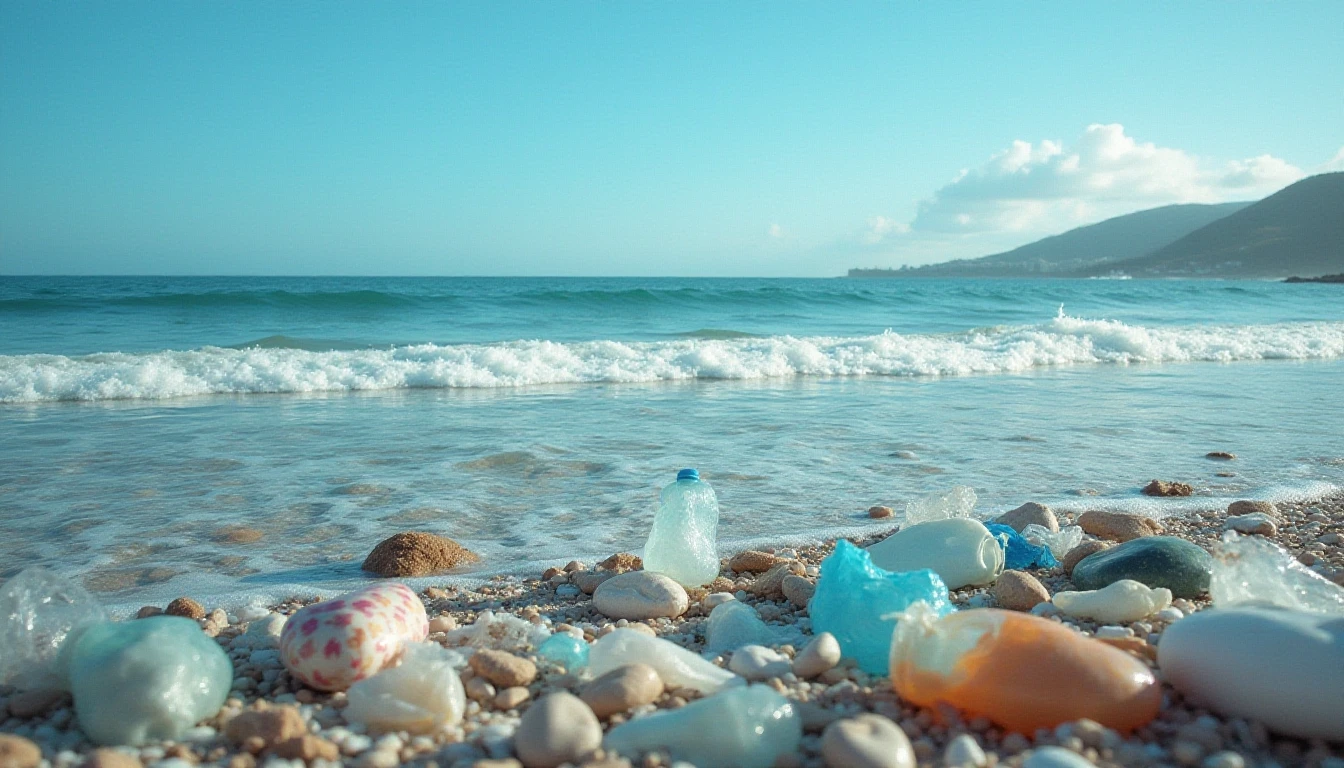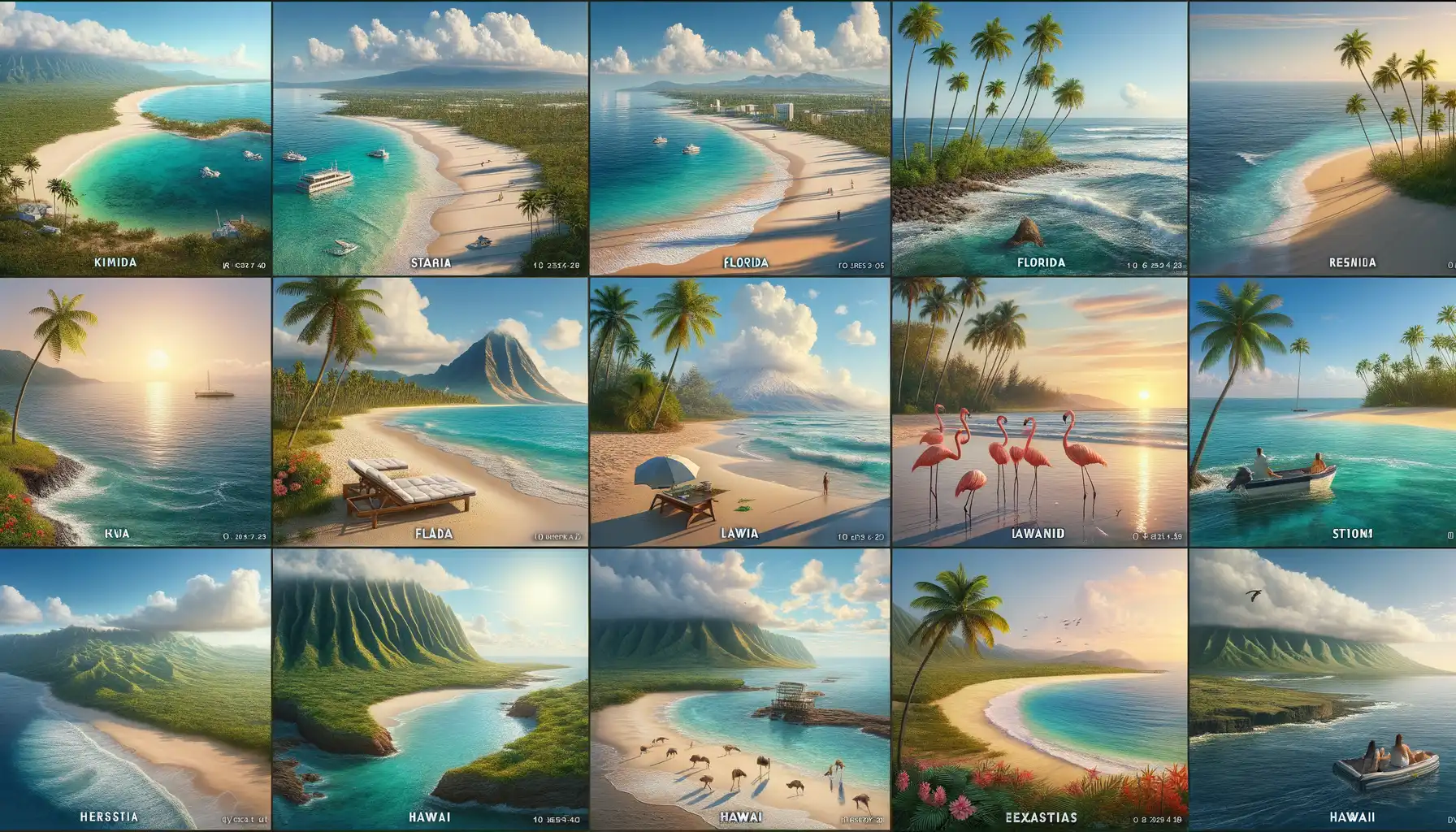Ocean plastic pollution has emerged as one of the most pressing environmental challenges of our time, with far-reaching consequences for marine ecosystems and human health. Recent studies provide startling insights into the scale and impact of this issue, underscoring the urgent need for global action. This blog post highlights some of the key findings from these groundbreaking investigations.
1. Microplastics Are Ubiquitous in the Deep Sea
A study published in Nature Communications revealed that microplastics are pervasive even in the deepest parts of the ocean. Researchers found plastic particles down to 11 kilometers below the surface, including in the Mariana Trench—the deepest point on Earth. The abundance of microplastics at these depths suggests that they can be transported through deep-ocean currents and accumulated over time.
2. Plastics Contaminate Marine Life from the Bottom Up
Another study published in Nature Ecology & Evolution found that plastic pollution is not just a surface-level problem; it affects marine life across different trophic levels. Scientists analyzed nearly 400 species of marine organisms, including zooplankton, fish, seabirds, and turtles, and discovered that almost all had ingested plastic particles. This bottom-up contamination highlights the widespread nature of the issue and its potential impact on entire ecosystems.
3. Plastic Waste Threatens Coral Reefs
A recent report by the International Union for Conservation of Nature (IUCN) shed light on the devastating effects of plastic pollution on coral reefs. The study found that plastic waste smothers corals, blocking sunlight and preventing gas exchange, ultimately leading to coral bleaching and death. Moreover, ingested microplastics can cause physical harm or block digestive tracts in coral-eating fish, disrupting the delicate balance of these ecosystems.
4. Ocean Plastic Pollution Is Linked to Human Health Risks
The potential human health implications of ocean plastic pollution are increasingly concerning. A study published in Environmental Science & Technology Letters found that people who consume seafood have a high likelihood of ingesting microplastics and nanoplastics, which may carry harmful chemicals or pathogens. Another study linked the ingestion of microplastics to inflammation, oxidative stress, and neurotoxicity in marine species—a worrying sign given the similarities between human and marine biology.
5. Plastic Waste May Affect Ocean Carbon Cycling
A recent paper published in Science revealed that plastic waste can interfere with the ocean’s carbon-cycling processes. Scientists discovered that microplastics absorb carbon-rich compounds from seawater, effectively reducing their availability for other organisms like phytoplankton. This finding suggests that plastic pollution could disrupt the ocean’s ability to absorb and store atmospheric CO2.
6. Current Estimates Underrepresent the True Scale of Plastic Pollution
A groundbreaking study led by scientists at the University of Oxford estimated that over 70% of all plastic waste generated since 1950 is still present on Earth, with only a small fraction being incinerated or recycled. The researchers found that current estimates significantly underrepresent the true scale and longevity of plastic pollution.

Conclusion
These recent studies paint a disturbing picture of ocean plastic pollution’s pervasiveness, impact, and urgency. From the deepest trenches to our dinner plates, the consequences are far-reaching and alarming. It is clear that business-as-usual approaches will not suffice; we must urgently adopt more comprehensive strategies to prevent plastic waste from entering our oceans.
As a nation with vast coastlines, Australia has a crucial role to play in addressing this global challenge. By investing in research, promoting sustainable alternatives, and implementing robust waste management policies, we can help turn the tide on ocean plastic pollution. Let’s not wait for more devastating revelations; let’s take decisive action now to protect our oceans and marine life for generations to come.
To stay informed about the latest developments in this field, follow leading scientific journals like Nature, Science, and Environmental Research Letters. Also, consider supporting organizations dedicated to combating ocean plastic pollution, such as Ocean Conservancy, 4ocean, or local Australian initiatives like Tangaroa Blue Foundation. Together, we can work towards a healthier, plastic-free future for our oceans.





